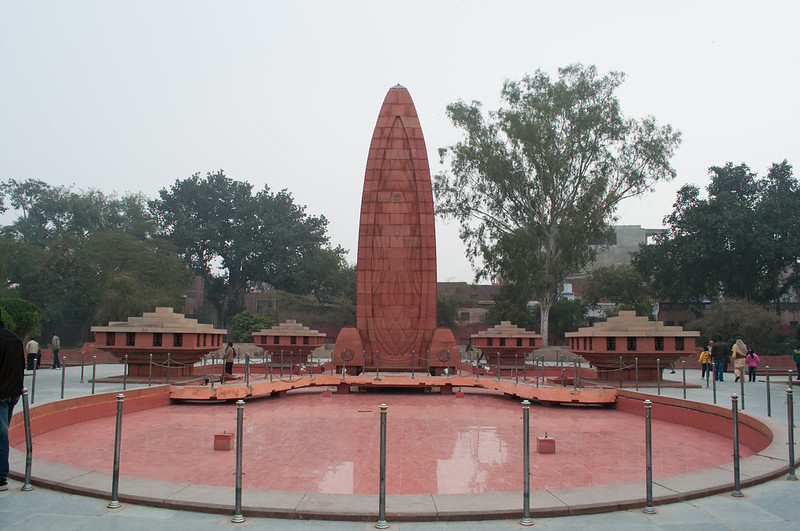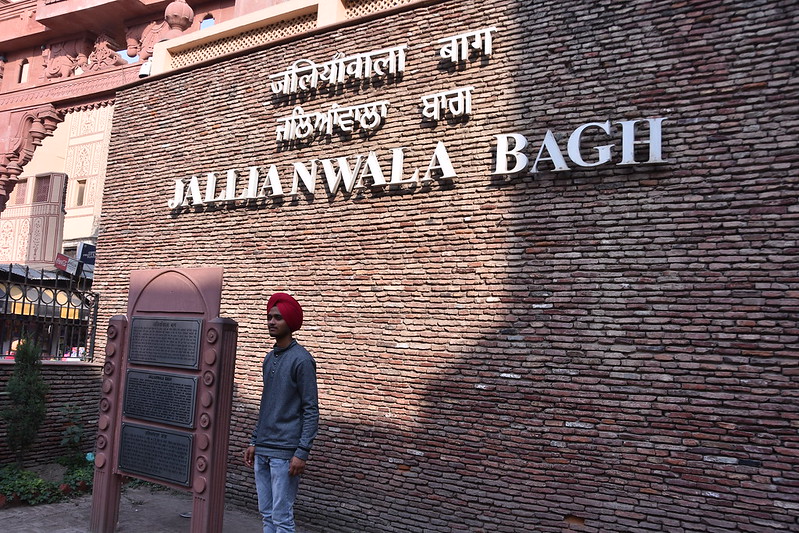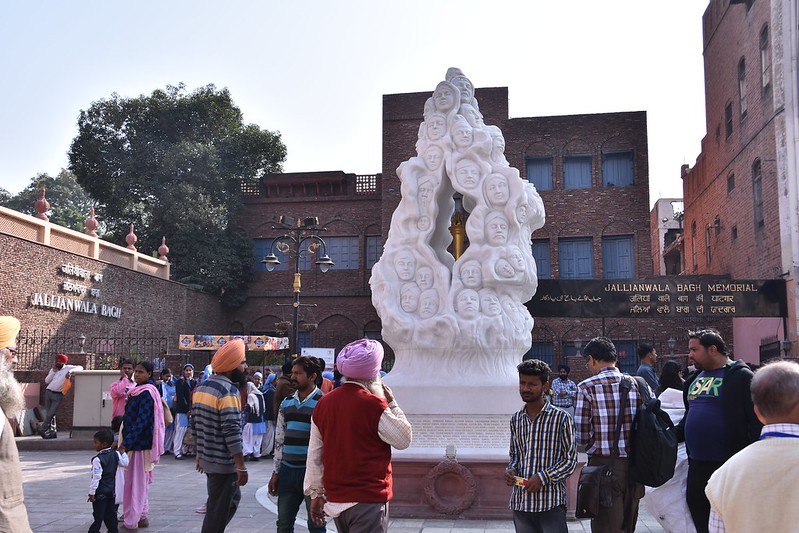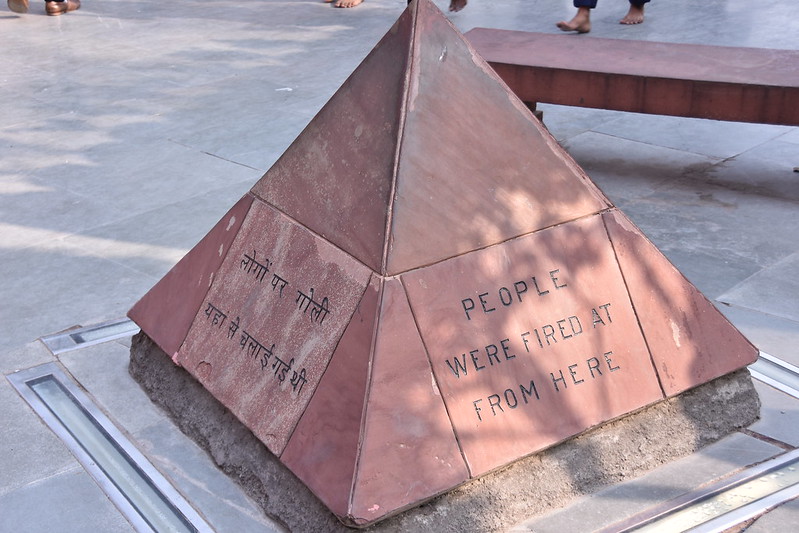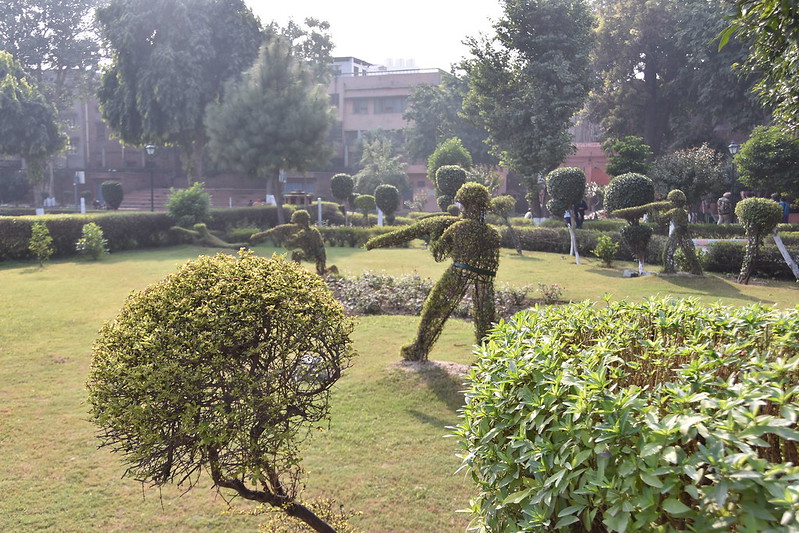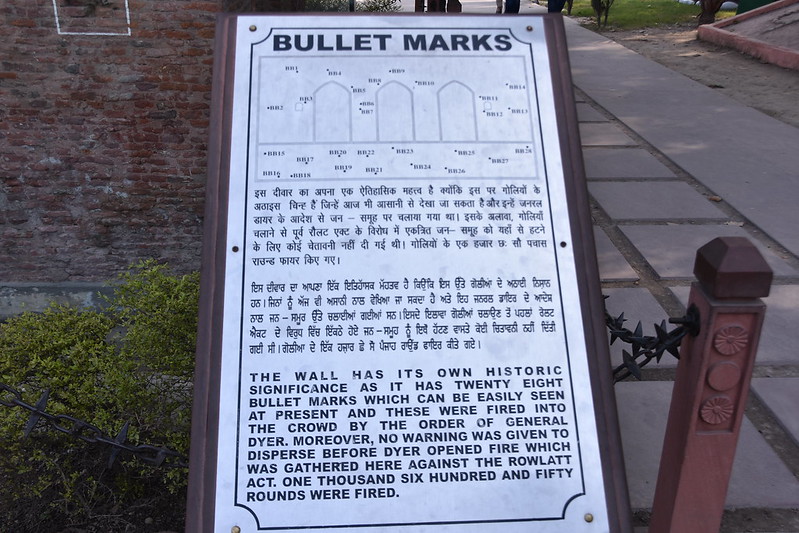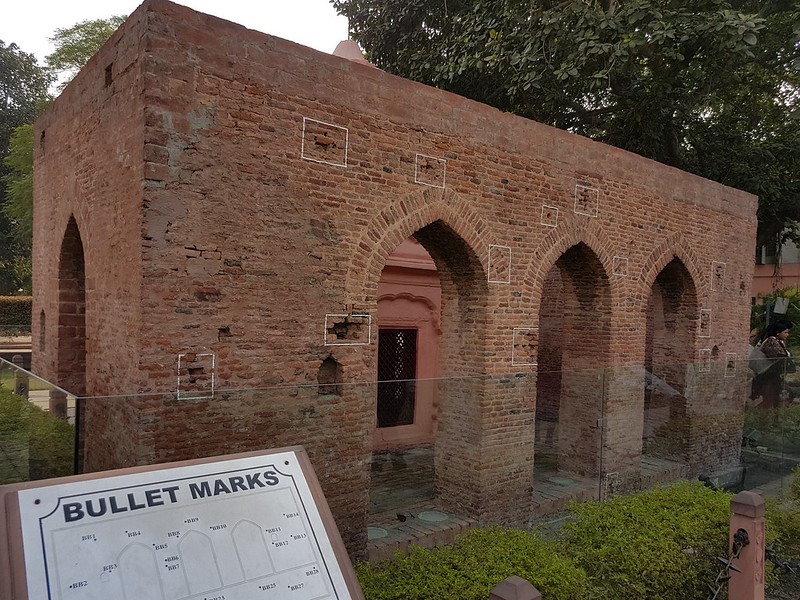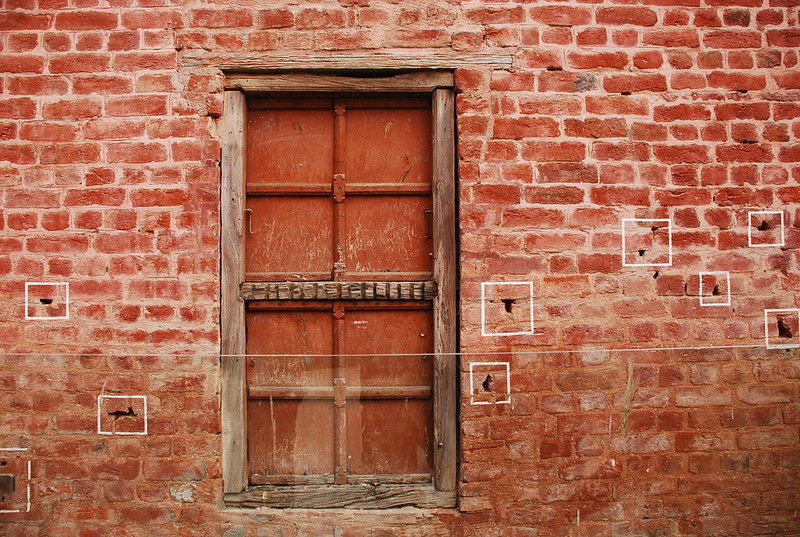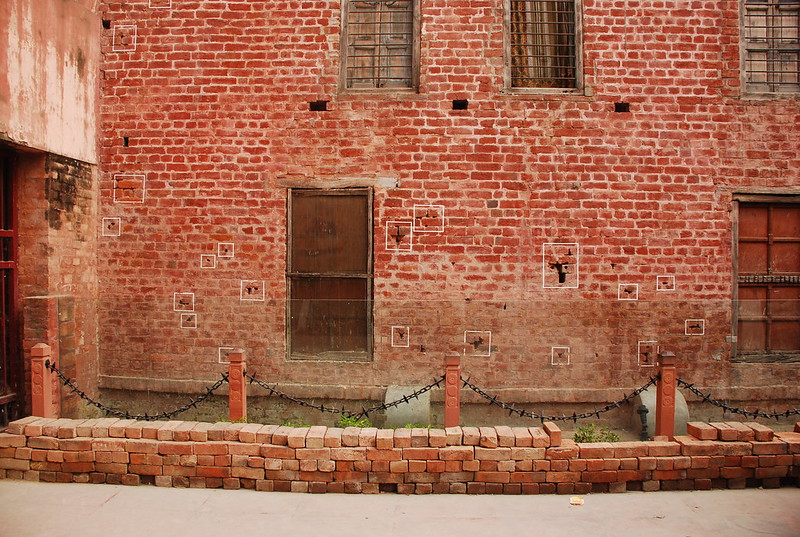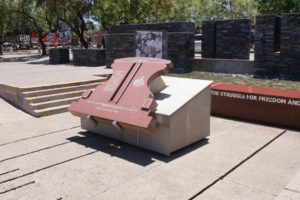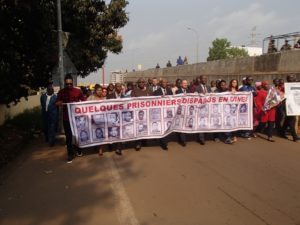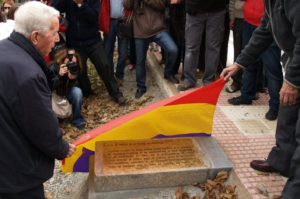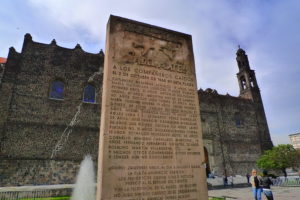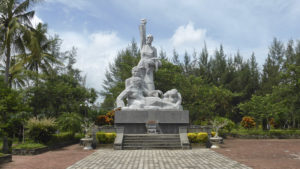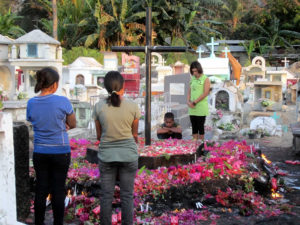Jallianwala Bagh
Site
Theme: Political persecution

Address
Country
India
City
Amritsar
Continent
Asia
Theme: Political persecution
Purpose of Memory
Remembrance of the massacre of Jallianwala Bagh and its victims.
Institutional Designation
Jallianwala Bagh
Date of creation / identification / declaration
1961
Public Access
Free
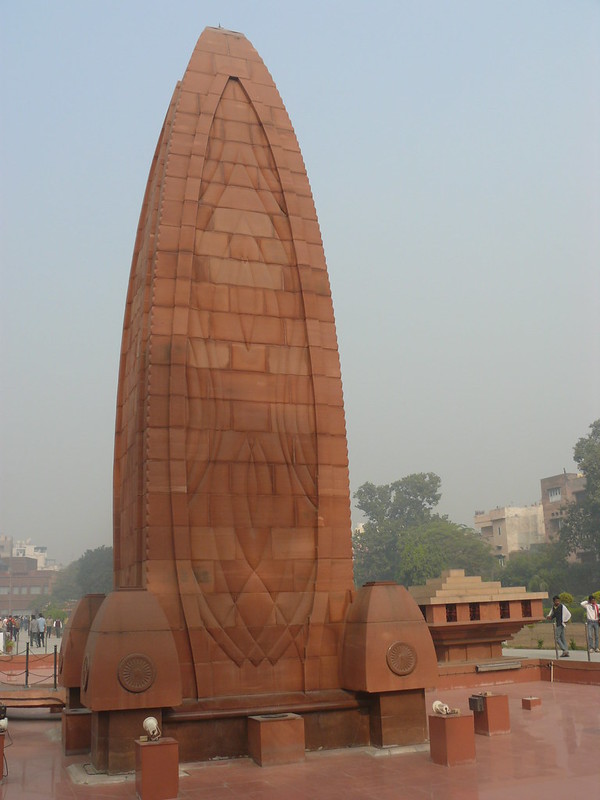
Location description
Jallianwala Bagh is a park located in the city of Amristar, where on April 16, 1919, a group of British soldiers carried out a massacre by shooting against a crowd gathered there. The site consists of a rectangular garden surrounded by buildings that can be accessed through a narrow path which houses a museum, a gallery and a series of commemorative structures. The Amar Jyoti flame remains lit in an arched meditation area, where Vande Mataram, the emblematic phrase of the National Anthem of India, has been engraved. In the Wall of Martyrs, the holes left by the bullets shot by the soldiers of the British Army can be seen and there is a plate in the well from which 120 corpses were removed. The Flame of Freedom is a white structure with the shape of a flame inside of which the faces and names of the martyrs are engraved. The galleries have portraits of the victims and other pictures which represent the massacre of Jallianwala Bagh also known as the Amritsar massacre.
After the end of the First World War, with the demobilization of thousands of Indian soldiers which had fought in the United Kingdom army, the British government of India enacted a series of repressive laws which granted almost unlimited power to the police. This gave rise to numerous protests where the leadership of Mahatma Gandhi started growing, followed by violent bursts throughout the country. In this context, the British government prohibited public demonstrations.
On April 16, 1919, in the city of Amritsar, a great number of people met in the Jallianwala Bagh Garden, a place almost enclosed by walls which only had one entry and four or five points through which it was possible to exit. The crowd consisted of men, women, boys and girls, who were mostly celebrating Baisakhi, the spring fest, together with a small group of Indian nationalists which were peacefully demonstrating.
With no prior warning, fifty soldiers of the Indian British Army, commanded by Reginald Dyer, started shooting against the crowd who was trying to escape. In about 10 minutes, 1,650 bullets were shot and they only stopped when they ran out of ammunition. The army did not provide medical assistance to those wounded, stating that it was not its duty and even Dyer specified that his intention in Jallianwala Bagh was not limited to dispersing the crowd but also to “produce a morale effect in the Punjab region” to deter any rebellion.
Even if the investigation of the facts was immediate, the number of victims is still discussed. The government of Punjab preliminary gave an approximate toll of 200 deaths. The National Congress of India carried out its own investigation, the conclusions of which differed considerably from that of the British government. On March 8, 1920, the committee delivered the final report which recorded more than 1,500 victims, of which approximately 1,000 died. Such report unanimously condemned the actions of Dyer, without imposing any criminal or disciplinary measures because such actions were approved by several superior officers.
The massacre of Jallianwala Bagh became a turning point in the course of the Indian national movement, which started to demand the withdrawal of the British and to claim full independence. The massacre became a symbol and emblem of the independence process of the Republic of India.
Just after the massacre, the site became a national pilgrimage site. In 1920, the Indian National Congress created a trust for the construction of a monument. In 1923, the trust chaired by Madan Mohan Malaviya, one of the leaders of the national movement, bought the Jallianwala Bagh, but the construction of the monument had to wait until after the independence of the Republic of India in August 1947. The Flame of Freedom, designed by American architect Benjamin Polk, was built in the site and opened by the president of India Rajendra Prasad on April 13, 1961.
Jallianwala Bagh has been the stage of uncountable ceremonies, many of which even have been attended by the authorities and members of the United Kingdom monarchy, but as of this date, even if there have been shows of regret, apologies have not been given by the State, a claim that remains in force. For Indians, Jallianwala Bagh is a permanent remainder of what is called Angresso ki Ghulami, the slavery of the British challenging the founding myth that the British government was benevolent with the colonized peoples.
On the night of April 15, 2019, for the 100th anniversary of the massacre, a candlelight march was held and the following day, in an official event, both the leader of the governing party and the leader of the opposition placed wreaths in the historical National Monument of Jallianwala Bagh as a show of respect towards the innocent victims.
